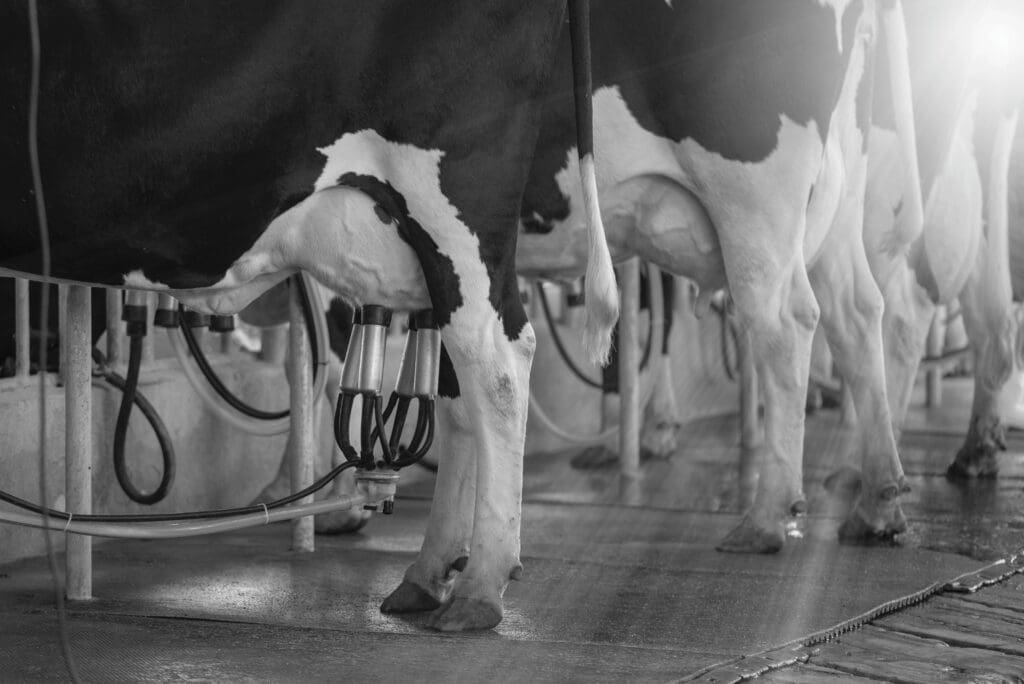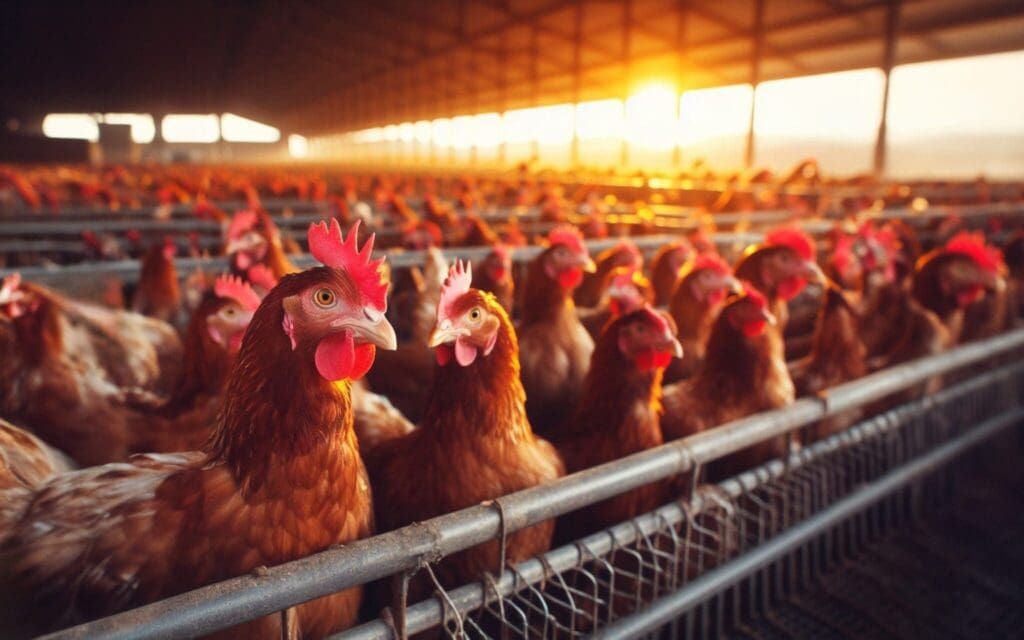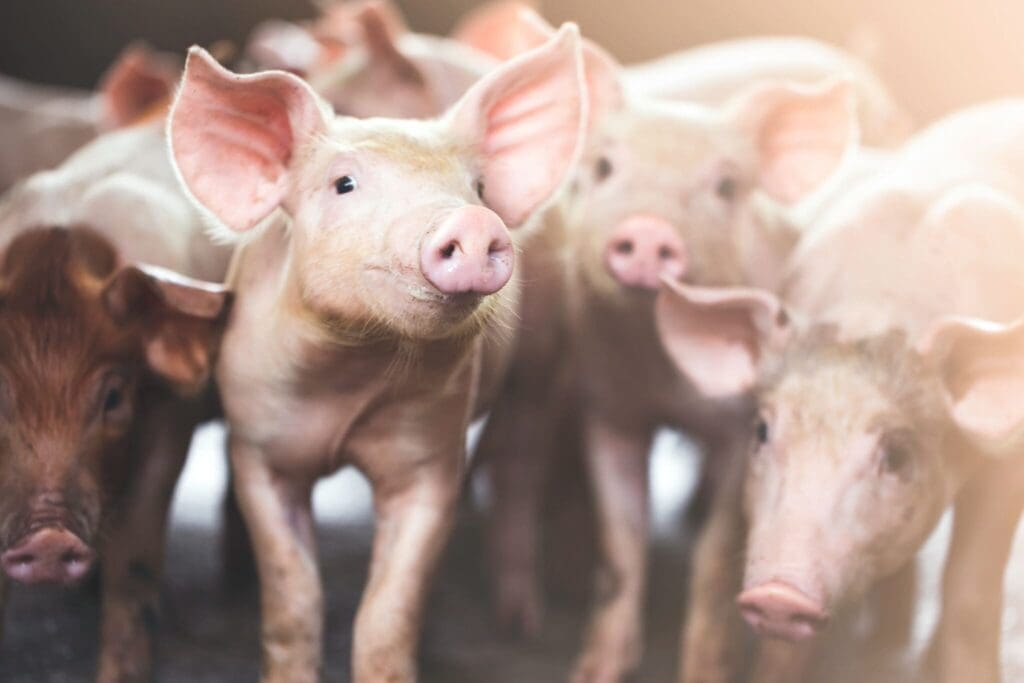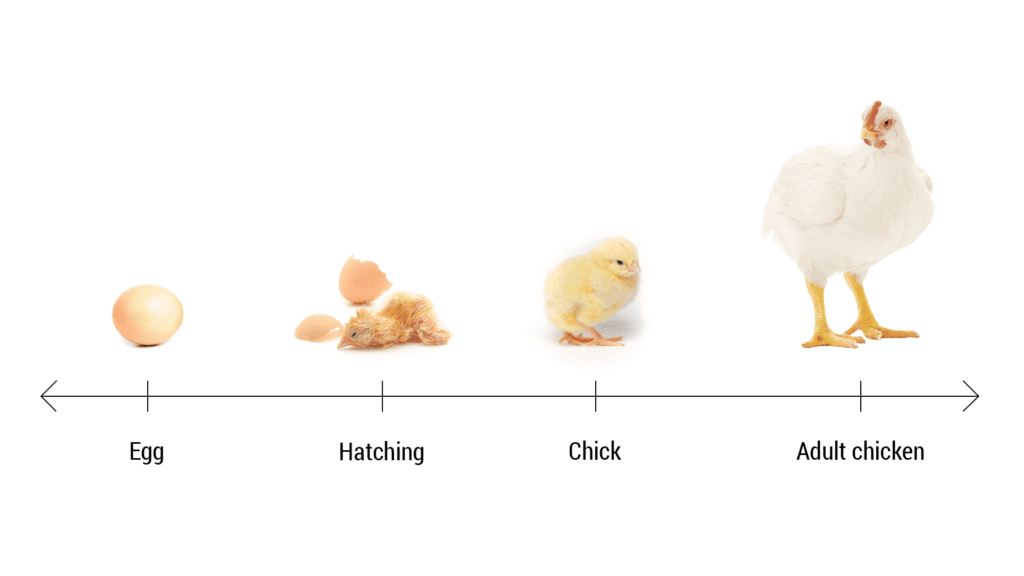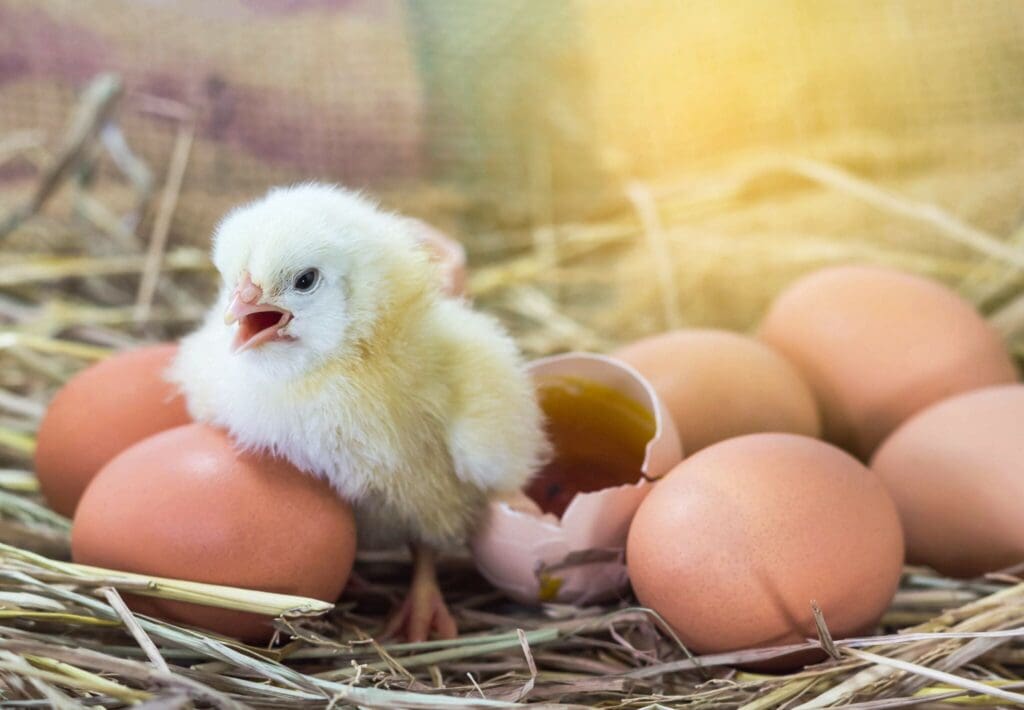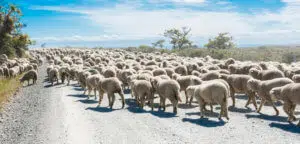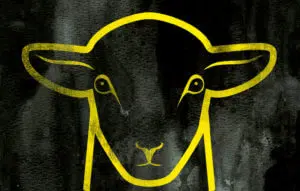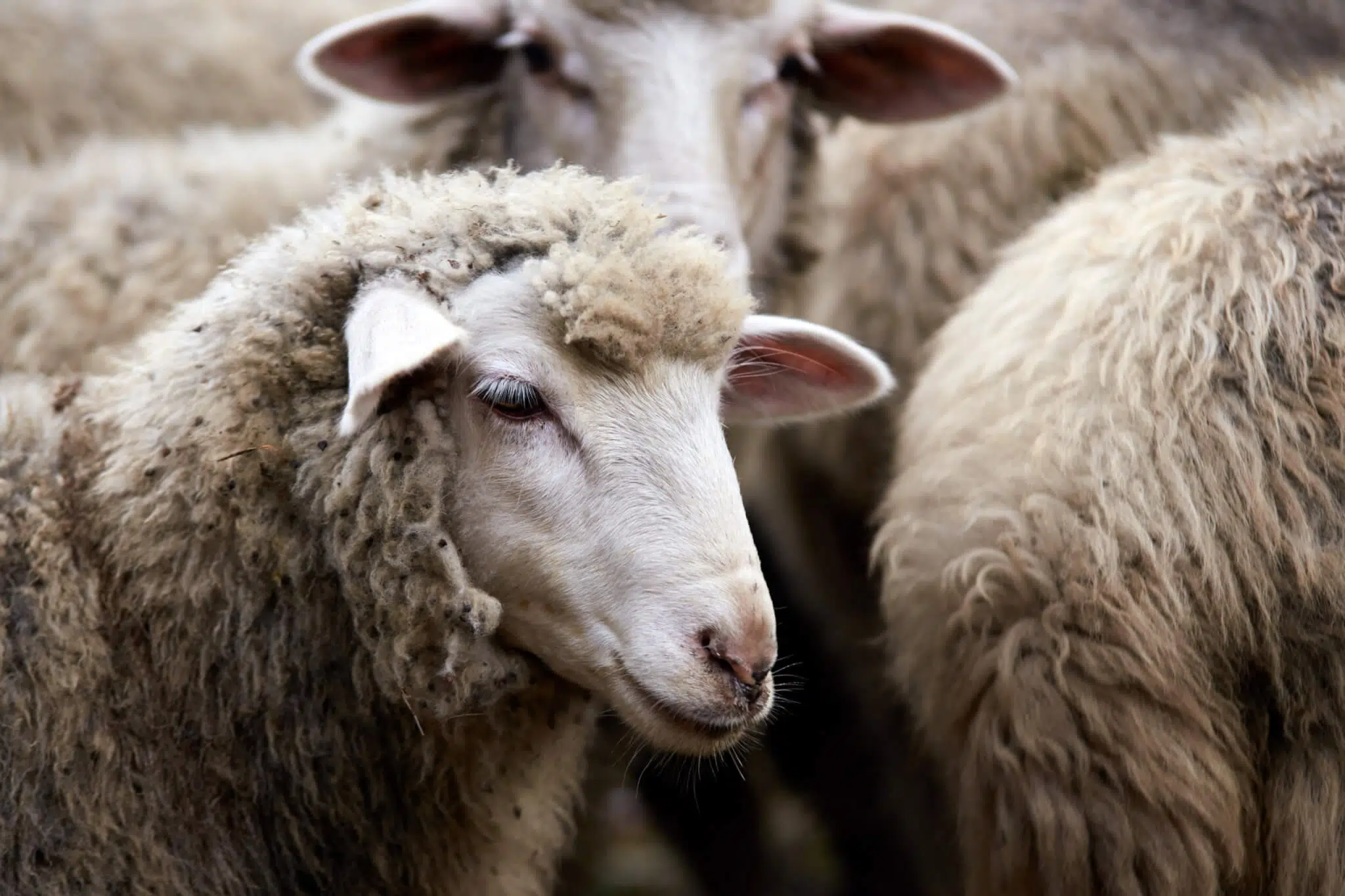Tag Archives: sheep
Should we have a system to identify lameness in sheep?
Facing hoof problems in a sheep flock can be overwhelming. Producers are often left to ...
May
Foot rot in sheep
Although there are many reasons as to why sheep develop hoof problems, foot rot is ...
Oct
Biosecurity: Keeping out the ‘black’ sheep
Things could be so much easier if sick or infected animals turned black to be ...
Oct
Acidosis and adaptation in sheep
Grain poisoning is commonly seen in sheep after consuming large quantities of grains that they ...
Jun
